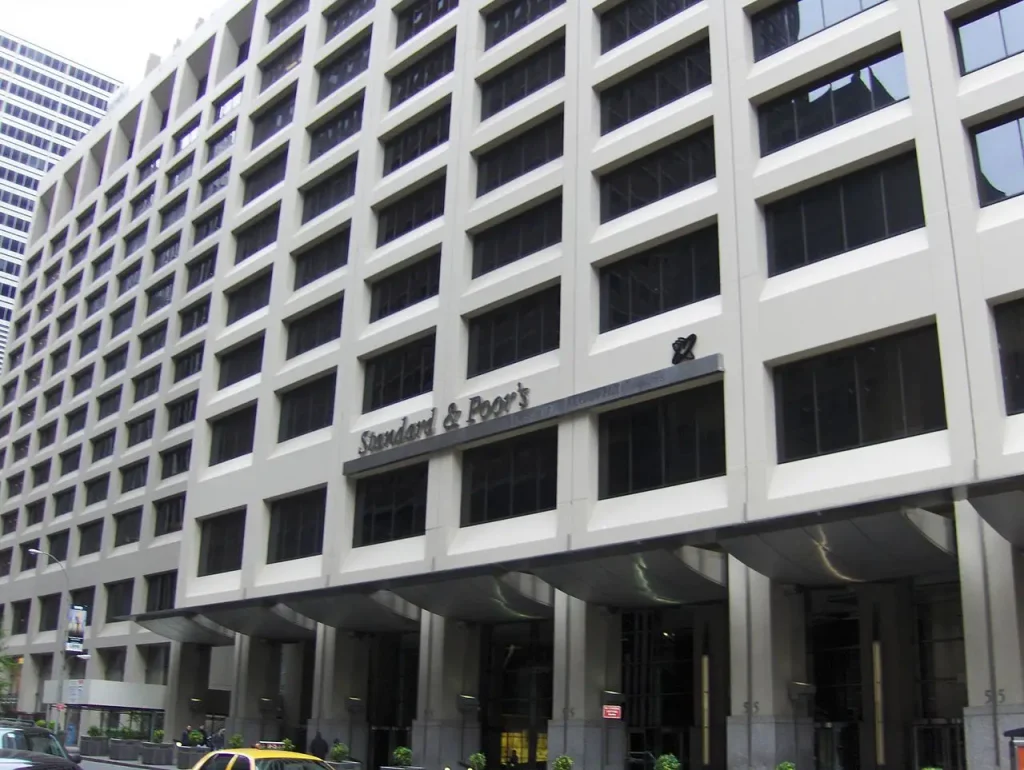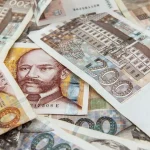S&P is the second credit rating agency to upgrade Croatia’s rating in an unscheduled publication after Fitch Ratings did the same on Wednesday. Both announcements came after the Council of the European Union on Tuesday officially confirmed Croatia’s accession to the euro area on 1 January 2023.
Stable outlook
S&P says that the stable outlook reflects its expectation that Croatia’s economic growth will remain steady over the coming two years despite rising inflation and the economic consequences of the conflict in Ukraine.
“We expect the government will remain committed to its reform program, receive significant EU financing, and gradually rebuild the fiscal space it lost in the aftermath of the pandemic,” the agency said.
The ratings could be raised if Croatia’s economic growth were to accelerate beyond S&P’s current expectations, leading to a step-up in economic wealth. In this scenario, the agency would expect fiscal consolidation and declining net general government debt beyond its current projections.
“Rating upside could also come from Croatia’s deepening European integration, if it were to facilitate institutional improvements, for example within the judiciary, education, and the broader business environment.”
On the other hand, a downgrade could be considered in the event of significantly weaker fiscal positions and structurally weaker economic growth than projected.
“Such weakening could result if a prolonged conflict in Ukraine produced increasingly severe pan-European economic consequences or if an abrupt halt to European energy supply accentuated recessionary tendencies throughout the continent. Net emigration trends and an aging population also represent a long-term risk to Croatia’s growth and public finances,” the agency said.
Benefits from ECB’s monetary policy
In the view of S&P analysts, as a member of the euro area Croatia will benefit from the monetary policy flexibility of the European Central Bank (ECB), while residual foreign exchange risks will decline in the heavily euroised economy.
The upgrade also follows the agency’s forecast of steady near-term economic prospects from expected solid tourism flows and strong near-term execution of EU-funded investments.
“In addition, we consider Croatia to have limited direct dependence on Russian hydrocarbons, in particular following the recent expansion of the Krk liquefied natural gas (LNG) terminal and advanced sea-borne oil supply substitution,” the agency said.
S&P believes accession will eliminate any residual exchange-rate risks in the heavily euroised economy, where about 75% of banking sector assets and 67% of liabilities are denominated in euros, and that it will similarly eradicate the foreign currency risks of the government’s balance sheet.
“This should reduce Croatia’s share of government debt denominated in foreign currency from over 70% at present to close to zero, as this debt is almost exclusively denominated in euros.”
Growth projection revised up to 3.5%
S&P revised its growth projection for the Croatian economy for this year from 2.5% to 3.5% on the back of resilient dynamics in the first half and prospects for a strong tourist season on par with pre-pandemic levels.
“Rising energy and commodity costs are likely to dampen disposable income and contain consumer spending during second-half 2022 and spilling over into 2023. We forecast growth will calm to 2.5% in 2023.”
Over the medium term, the agency forecasts Croatia’s economy will settle on a solid growth path, backed by investments supported by EU financing and rebounding tourism.
Pan-European economic repercussions from Russia’s military intervention in Ukraine and inflationary pressures represent near-term risks to the forecasts.
“Some lingering pandemic risks to Croatia’s tourism recovery persist, however, due to comparatively low vaccination rates in the country. As of July 7, 2022, less than 60% of Croatia’s population was fully vaccinated against COVID-19, compared with an EU average of 76%.”
Average inflation forecast at 8.0% in 2022
“The Russia-Ukraine conflict has added pressure on energy prices, which will have an important bearing on Croatia’s inflation outlook for 2022. We project a significant pickup in inflation, with the consumer price index averaging 8.0% this year (from 2.6% in 2021) due to rising energy prices, increasing wages, and rising hospitality sector costs.”
S&P projects a general government deficit of 3.0% of GDP in 2022.
“The government has already introduced subsidy schemes to alleviate price pressures on fuel and energy, which add 1.1% of GDP to the expenditure bill. We believe there are risks to our deficit projections as the current energy crisis could require additional government subsidy schemes in the second half of 2022.”
For more, check out our business section.












